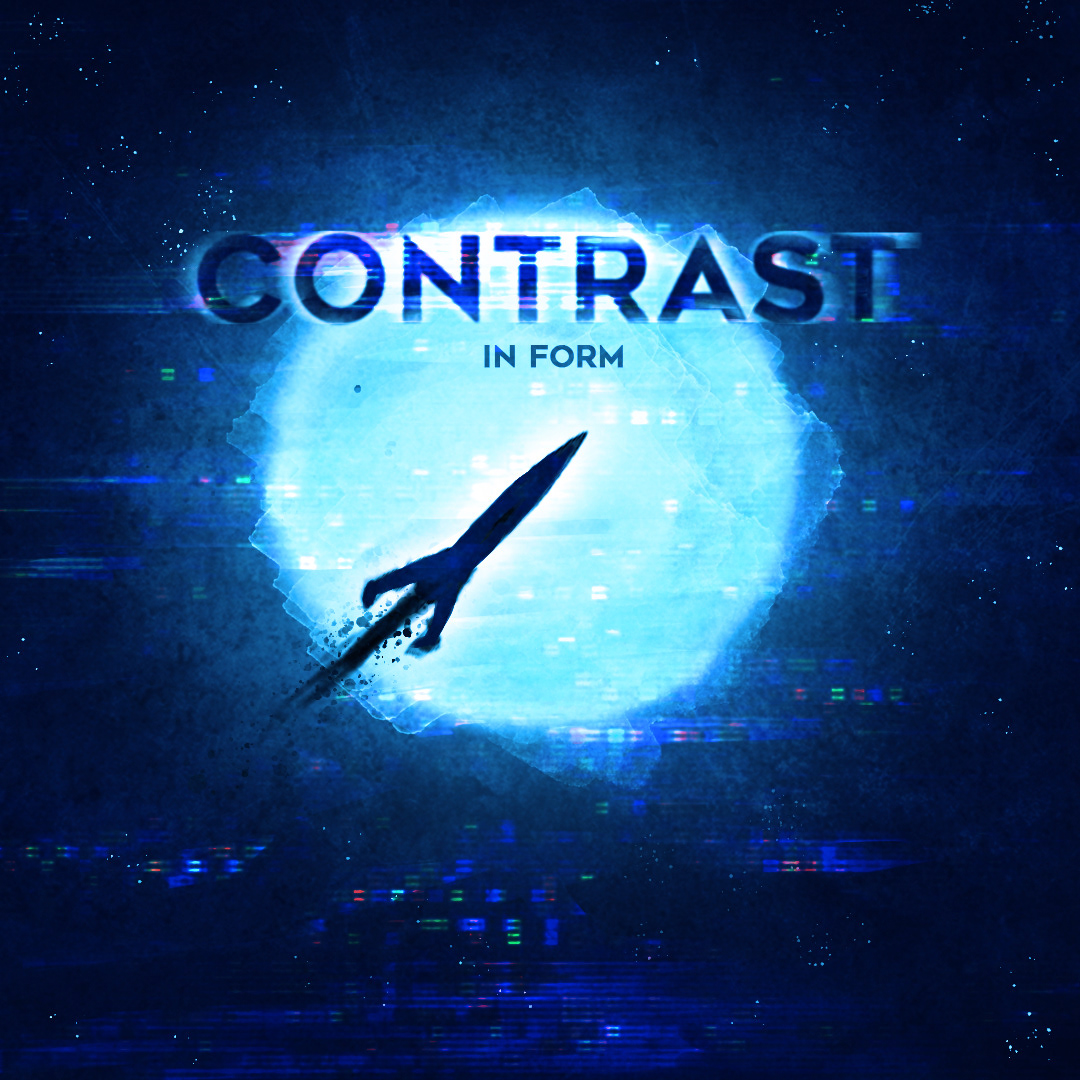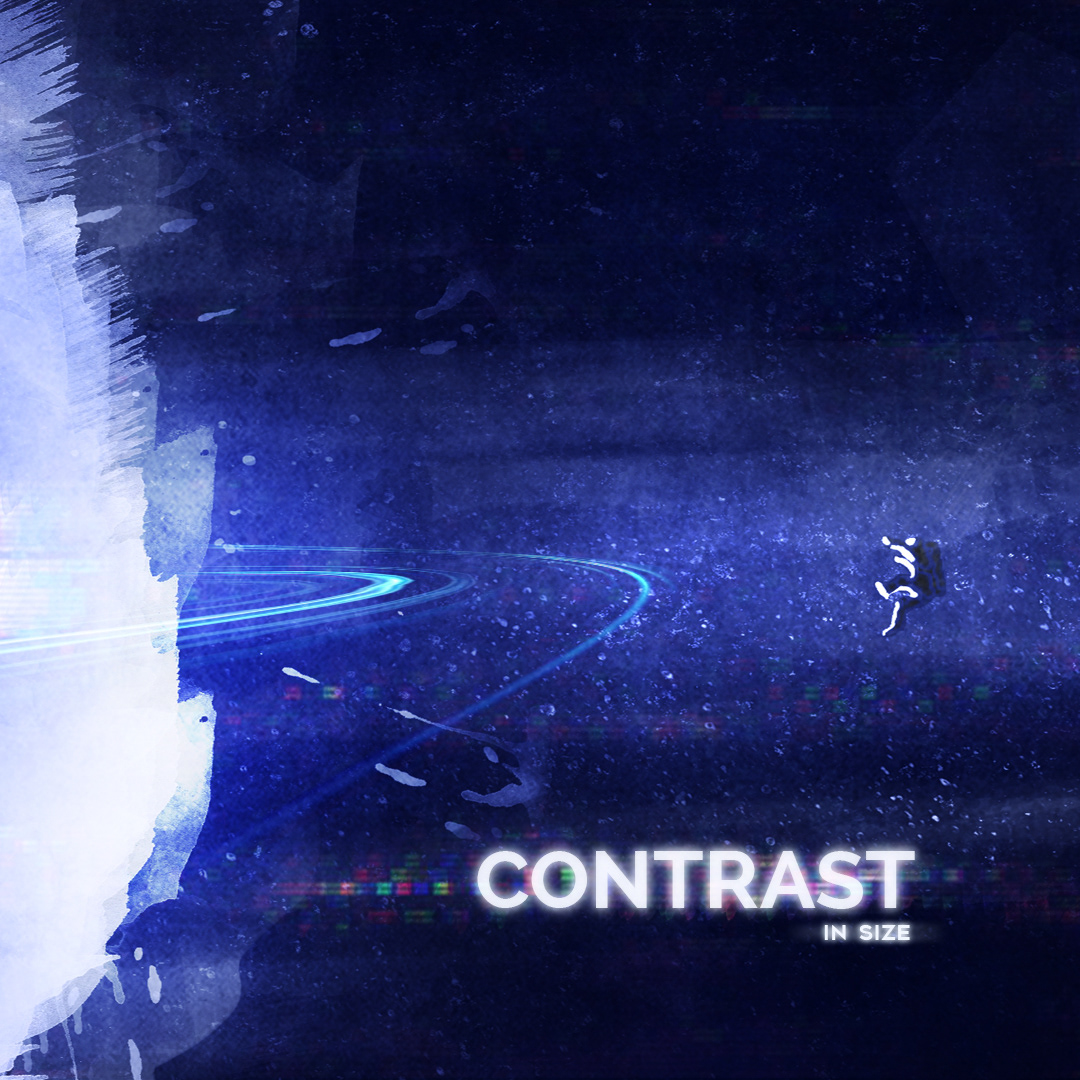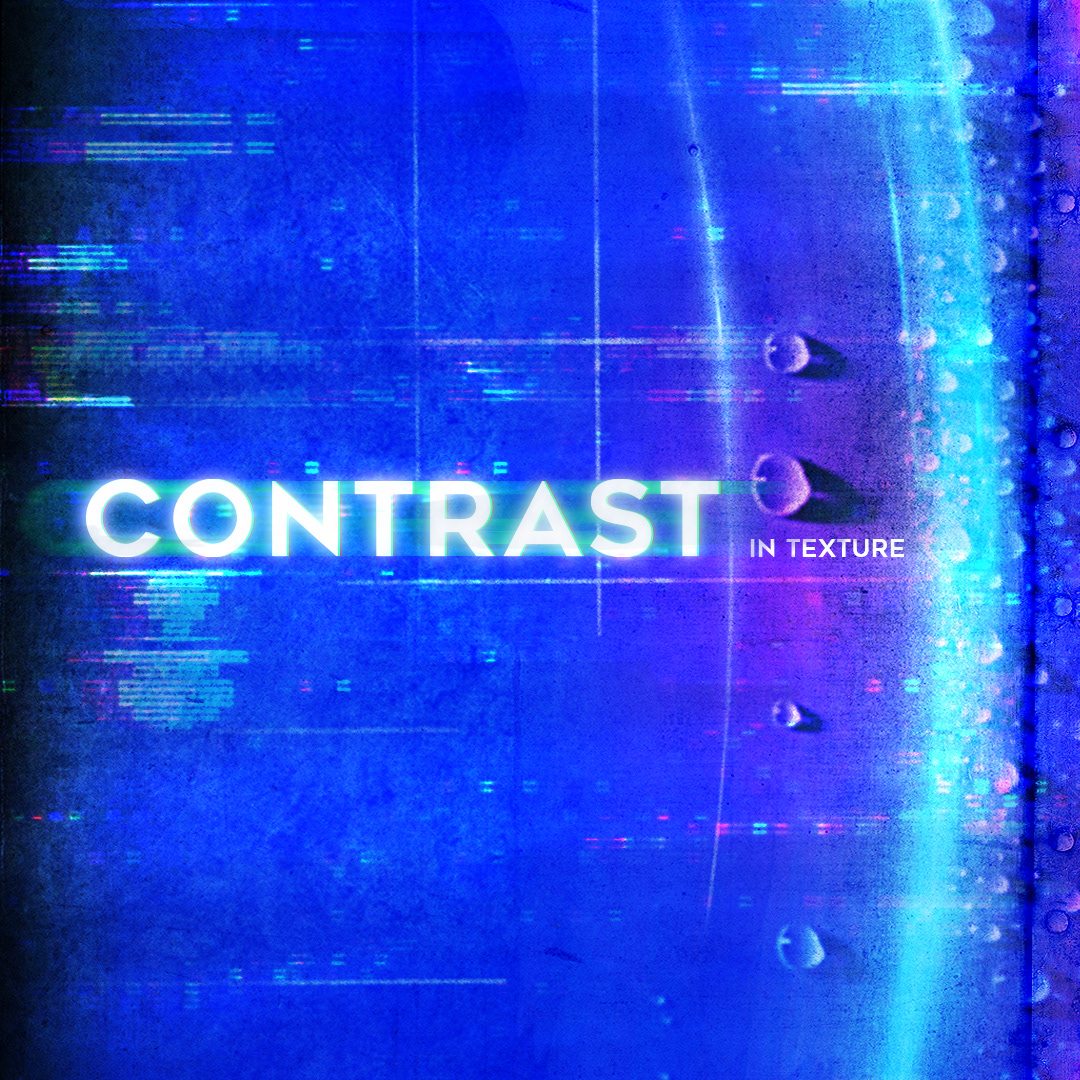CONTRAST
Mrs Einsenstein says that a film should be made by a succession of images juxtaposed so that the contrast between these images, moves the story forward in the mind of the audience.

Contrast in Color - (CU) Close up shot

Contrast in Value (WS) Wide Shot

Contrast in Form (VWS) Very Wide Shot

Contrast in Size (VWS) Very Wide Shot

Contrast in Texture (CU) Close Up Shot
Contrast is a Design Principle, yes.
So, we start here, talking about Contrast to get to one of the core concepts of Storytelling: Conflict.
By using the powerful principle of Contrast, we can approach the concept of Conflict to create Drama and Tension in our Design.
CONTRAST & CONFLICT
Let's define both!
CONTRAST
Contrast means a difference of some kind. Contrast allows creating Visual Interest which sets up the basis to establish, anticipate or generate Drama and therefore, to engage with our Audience.
We can have Contrast in:
Color
Value
Form
Size
Texture
CONFLICT
Conflict is essential to Drama and can be created in different forms:
· Character vs Character (External conflict)
· Character vs Environment or Social Institution (External conflict)
· Character vs a task that needs to undertake (Internal and External conflict)
· Character vs themselves (Internal Conflict)
A character wants something or needs to undertake a task, and something opposes to that. That Contrast creates the set up of the Conflict.
David Mamet said: What does the protagonist want? Because the scene ends when the protagonist gets it. What does the protagonist want? It's the journey that is going to move the story forward. What does the protagonist want? What does she or he do to get it---that's what keeps the audience in their seats.
VISUAL LANGUAGE
In FILM LANGUAGE (or visual language to include more than just "Cinema") we can create Contrast by adding new layers of information that allow us to produce new meaning and therefore, to build Drama.
Sound
Sound Fx can create a story out of looking at one picture and hearing something completely different from what are we seeing. As an example of this, we can talk about Out of field resource in Film Language. We can show a house in the middle of nowhere on a sunny day, and we can hear horses galloping horses far away and slowly getting closer.
Music
By using Music you can build a completely different mood in your scene. Imagine a shot where the Assassin is finally killing the victim and you play heroic, glorious music. The result will be an Epic feeling where the Assassin is getting what he/she has been expecting for so long.
Acting
We can have two equals or similar characters with different acting or different expressions. Also, we can create contrast by using the same character that behaves differently for some reason. A classical representation of this would be the Mask of Theater which shows a Smiling face and a Sad face meaning Comedy and Tragedy.
Camera Movement
By cutting from a fixed camera to a hand-held camera at high speed, we can use Contrast to generate Tension. For example, a little boy is hidden in the closet while Someone is running through the halls chasing him.
Editing
The power of Editing is vast. You can create different stories from the same images, you can build up an entire story with shots that have been shot in different places and times. You can create rhythm, tension. And one big tip when doing a project is to start thinking about the Montage when writing the story and when framing that story. Montage can be internal, generate it by the way the elements and characters are moving within the frame and with the camera movements, especially in the sequence shots. And can be External, by the juxtaposed of images that create meaning.
Cutting from one shot to another, you'll be able to generate meaning. Think about this sequence:
SHOT A: A car is driving fast from Left to Right. Tracking camera moving along with the car.
SHOT B: A car is driving fast from Right to Left. Tracking camera moving along with the car.
SHOT C: Empty crossroad. Fixed Camera.
By using Contrast in Movement and Fixed Camera and by placing the shots together, we'll be creating Anticipation, expectation, Tension.
CONTRAST
triggers Visual Interest and underpins the idea of a Conflict of same kind in a Shot (Scene or Story)
ANALYSIS PER SHOT
AFTER THE INCIDENT
Contrast in Size is showing us an Establishing Shot, where we set up the scene in a VWS (Very Wide Shot:The subject is barely visible, but the emphasis is still on placing him in the environment). We see the small character next to a Big bright and threatening Star.
Conflict will be a combination of Character vs Environment, Character vs a task that needs to undertake and Character vs herself as she needs to overcome the fear and shock and find a way to survive.
THE FLASHBACK
Contrast in Color is showing us a Medium Close up (MCU), that allows the audience to connect with the character in her struggle. By using different colors we create an atmosphere and a representation of duality. She is struggling with her feelings. A duality of living a life on Earth or leaving everything for her determination of exploring the Universe. This shot will be opening the "FLASHBACK" scene where her memories will take us into the journey.
THE OBSERVATION
Contrast in value shows us a Very Wide Shot of the Astronaut, where we want to show her loneliness within the dark and cold environment. By using different tones of the same color, we force the Contrast to trigger the darkness and cold of the planet and how different is this place from the Bright Star in front of us.
THE JOURNEY
Contrast in form shows us a Very Wide Shot where the Rocket crosses the Bright Star. By using Contrast in shape we can help the dark ship to stands out in the sky.
THE STUDY
Contrast in texture is a good example of an abstract or conceptual Motion Design piece. In this case, we bring different textures together, and the contrast of those, tell us about the conflict the protagonist encounter on the planet she is visiting. The water is not being absorbed by the soil. And this reaction creates an uninhabitable place for our passenger. Can she endure this climate situation?
CONCLUSION
We can own the power of "Contrast" to unleash the Visual Interest in our Motion Design pieces. Either if those are abstract or conceptual or if they are using a classical approach, we can ask: What does the protagonist want? (even if it is a square or a bear) And what is on its way that opposes to it? And What is it/he/she going to do to get it?
Every shot and scene in your piece is laying out using Design principles. And those Principles are feeding the Visual language, both the narrative and the screen grammar.
Conflict and Contrast can trigger the Drama that, ultimately, engage your audience.
As Motion Designers, we bring Design, Animation and Film Language together in every form and technique.
This is the language we speak to tell stories and communicate messages.
Contrast is a key to develop the Conflict that is going to captivate your audience and make them keep in their seats.